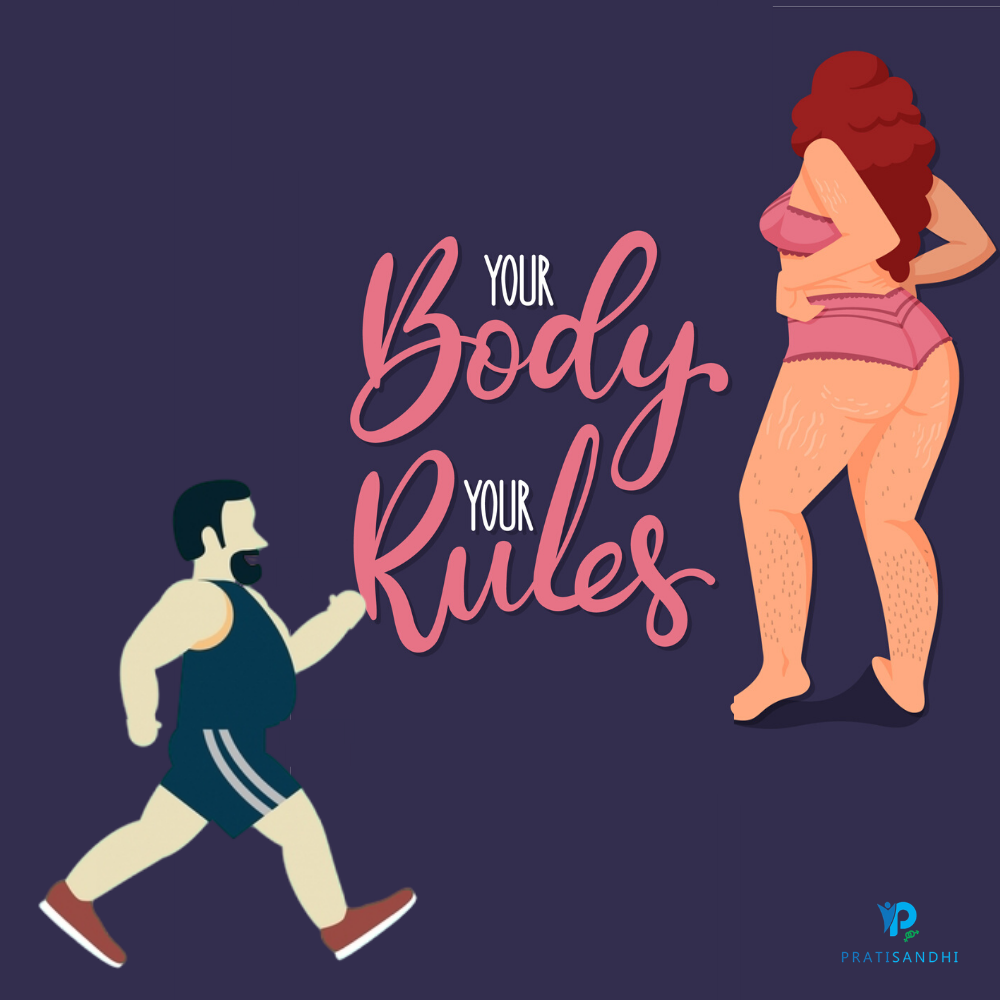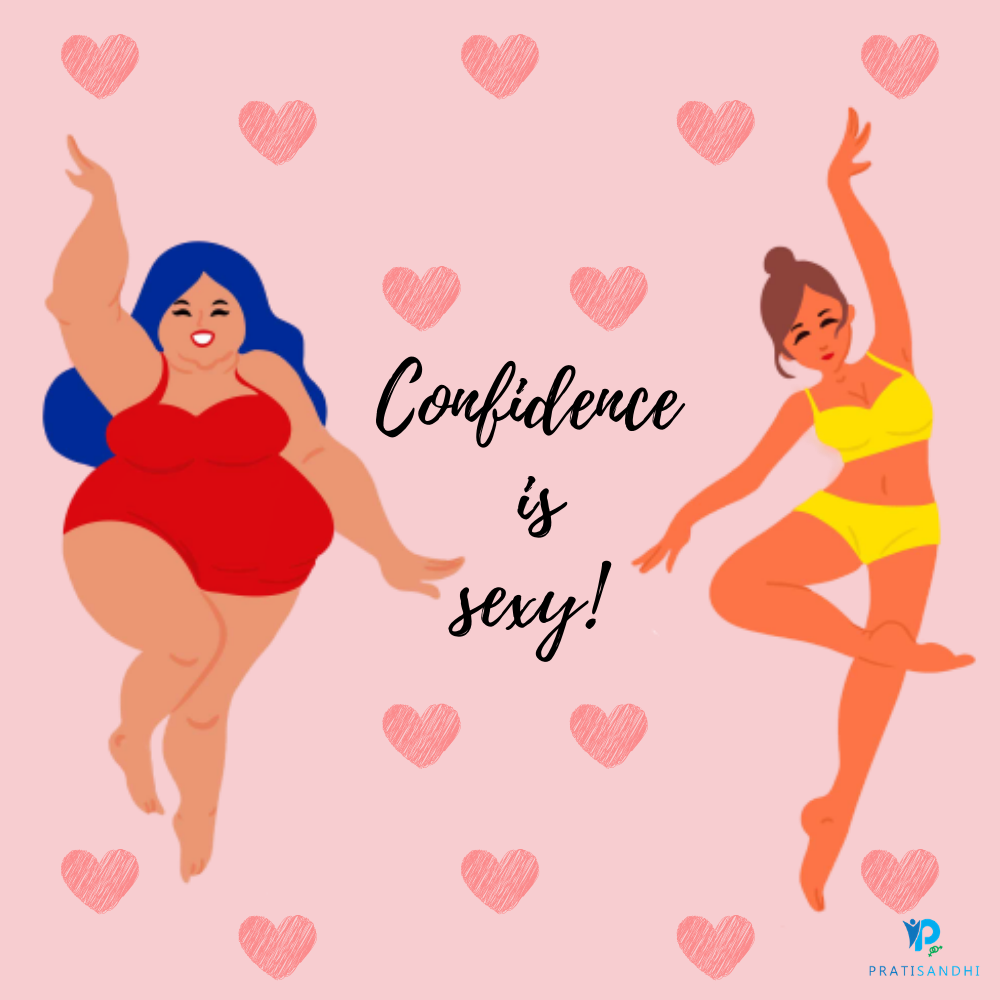Breaking Down the ‘Ideal Body’
Written by- Asher Kaul
The Vitruvian Man
One of the first and most widely accepted variants of the ideal body type was by Leonardo da Vinci, in the form of the Vitruvian Man. This concept had been around for a long time, but his take on it was quite unique. This rendering of the Vitruvian Man, completed in 1490, is fundamentally different to others in two ways: The circle and square image overlaid on top of each other to form one image. A key adjustment was made that others had not done and thus were forced to make disproportionate appendages. To quote Keele,
“Leonardo’s famous drawings of the Vitruvian proportions of a man’s body first standing inscribed in a square and then with feet and arms outspread inscribed in a circle provides an excellent early example of the way in which his studies of proportion fuse artistic and scientific objectives. It is Leonardo, not Vitruvius, who points out that ‘If you open the legs so as to reduce the stature by one-fourteenth and open and raise your arms so that your middle fingers touch the line through the top of the head, know that the centre of the extremities of the outspread limbs will be the umbilicus, and the space between the legs will make and equilateral triangle’ Here he provides one of his simplest illustrations of a shifting ‘centre of magnitude’ without a corresponding change of ‘centre of normal gravity’. This remains passing through the central line from the pit of the throat through the umbilicus and pubis between the legs. Leonardo repeatedly distinguishes these two different ‘centres’ of a body, i.e., the centers of ‘magnitude’ and ‘gravity.’”
This image provides the perfect example of Leonardo’s keen interest in proportion. In addition, this picture represents a cornerstone of Leonardo’s attempts to relate man to nature. Encyclopaedia Britannica online states, “Leonardo envisaged the great picture chart of the human body he had produced through his anatomical drawings and Vitruvian Man as a cosmografia del minor mondo (cosmography of the microcosm). He believed the workings of the human body to be an analogy for the workings of the universe.”
Some have argued that this differing interpretation was due to his homosexuality, but regardless of that, this is the vision of the “ideal body of a man” that stayed. The focus, however, started to shift, with the idea of an “ideal body” becoming more focused on women, with the development of notions such as the “hourglass figure.”

Hourglass Figure
The hourglass shape is defined by a woman’s body measurements- the circumference of the bust, waist and hips. Hourglass body shapes have a wide bust, a narrow waist, and wide hips with a similar measurement to that of the bust. Dr. Barnaby Dixon, a Kiwi anthropologist, for instance, has claimed that men have a huge preference for this, with the ideal waist-to-hip ratio being 0.7. This body shape is named for its resemblance to that of an hourglass where the upper and lower half are wide and roughly equal while the middle is narrow in circumference, making the overall shape wide-narrow-wide. Women who exhibit the hourglass figure have been shown to be more admired, which can put pressure on women whose body shapes are much different to strive to achieve the hourglass figure.
Consequent Problems
However, the fact that these notions have got such a broad audience has led to a great deal of problems. Many women tried to achieve this using an hourglass corset. In the mid to late 1800s, during the Victorian era, the hourglass corset was used to accentuate the hourglass body shape that became popular and ideal. It accentuated the women’s waist by compressing and reducing its size by force to allow a woman who had a straight figure have the pleasure of displaying the hourglass shape. This of course led to a huge variety of health problems, and thankfully, started getting less popular. However, the emphasis upon such notions has led to a great deal of problems, including eating disorders, which is why medical professionals would always advise against taking drastic measures to try to achieve this, and accept. the beauty of people as they are.

Author


1 thought on “Breaking Down the ‘Ideal Body’”
I feel like this isn’t talked about as much as it should. Thank you so much for talking about and spreading awareness.